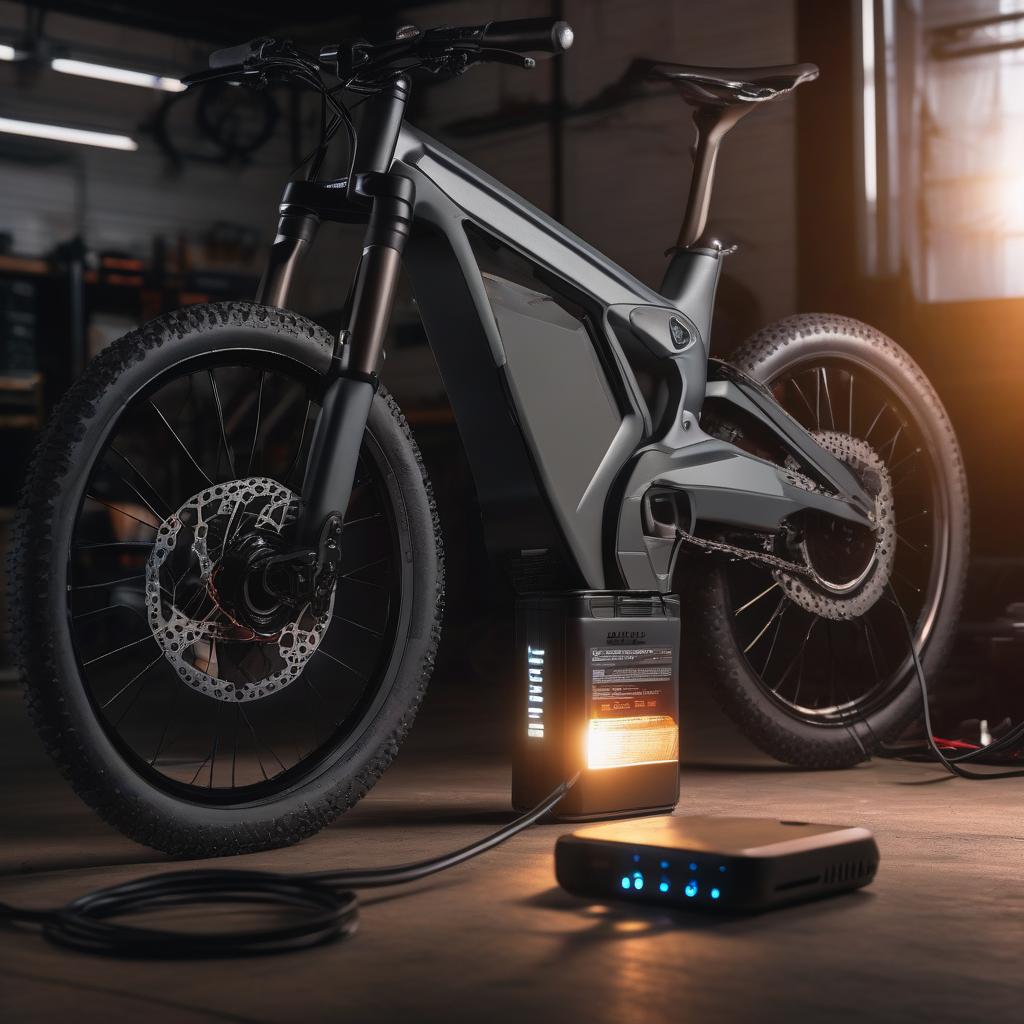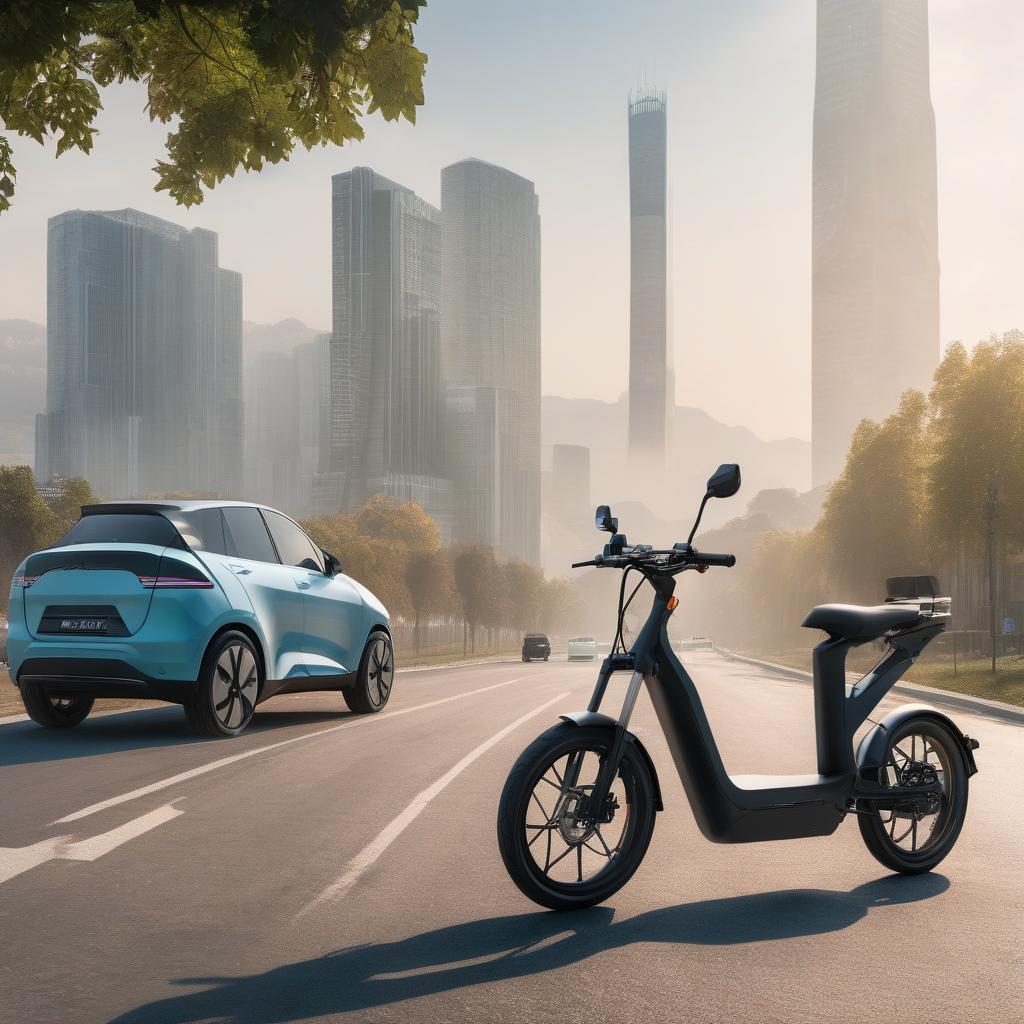The Comprehensive Guide to E-Bike Battery Longevity: Maximizing Performance and Lifespan
Introduction: The Power Behind Your Ride
Electric bikes have revolutionized personal transportation, offering an eco-friendly and efficient alternative to traditional bicycles and motor vehicles. At the heart of every e-bike lies its battery – the powerhouse that transforms a regular bicycle into an electrified marvel. As e-bikes continue to surge in popularity, one question consistently emerges among enthusiasts and potential buyers: “How long do e-bike batteries last?” This comprehensive guide delves deep into the world of e-bike batteries, exploring their lifespan, factors affecting their longevity, and expert tips to keep your e-bike powered for years to come.
Understanding E-Bike Battery Basics: The Foundation of Electric Cycling
1. Types of E-Bike Batteries: The Evolution of Power
The e-bike industry has seen significant advancements in battery technology over the years. Today, the market is dominated by lithium-ion batteries, which have largely supplanted older lead-acid variants. Let’s explore the main types:
- Lithium-ion (Li-ion): The current gold standard, offering high energy density, low self-discharge, and no memory effect.
- Lithium Polymer (LiPo): A subset of Li-ion, these are lighter and more flexible in shape but can be more expensive.
- Nickel-Metal Hydride (NiMH): Less common now, but still found in some older models.
- Lead-Acid: Rarely used in modern e-bikes due to their weight and lower efficiency.
2. Battery Capacity and Range: Understanding Watt-Hours
E-bike batteries are typically measured in watt-hours (Wh), which indicates the amount of energy the battery can store. A higher Wh rating generally translates to a longer range, but it’s not the only factor at play. To calculate the approximate range:
- Divide the Wh by 20 for a rough estimate of range in kilometers.
- For example, a 500Wh battery might offer around 25km (15.5 miles) of range.
However, actual range depends on various factors such as:
- Rider weight
- Terrain (flat vs. hilly)
- Wind conditions
- Assistance level used
- Tire pressure and overall bike maintenance
Factors Affecting E-Bike Battery Lifespan: The Key Players in Longevity
1. Charge Cycles: The Battery’s Life Clock
One of the primary determinants of battery life is the number of charge cycles it undergoes. A charge cycle is completed when you’ve used 100% of the battery’s capacity, regardless of whether it’s all at once or over several partial charges.
- Most quality e-bike batteries last between 500 to 1,000 full charge cycles.
- With regular use, this typically translates to about 3-5 years of service.
- After 500-1,000 cycles, the battery may still function but might hold only 60-80% of its original capacity.
2. Usage Patterns: How You Ride Matters
Your riding habits play a crucial role in determining battery life:
- Frequent deep discharges (riding until the battery is nearly empty) can stress the battery.
- Consistently using maximum power assistance depletes the battery faster and may lead to more frequent charging.
- Short trips with frequent starts and stops can be more demanding on the battery than steady, longer rides.
3. Environmental Factors: The Impact of Temperature
Temperature significantly affects both battery performance and longevity:
- Extreme heat (above 95°F or 35°C) can cause battery cells to degrade faster.
- Very cold temperatures (below 32°F or 0°C) can temporarily reduce battery capacity and performance.
- Ideal operating temperatures are typically between 50°F to 77°F (10°C to 25°C).
- Exposure to direct sunlight for extended periods can also harm the battery.
4. Storage Conditions: Preserving Battery Health When Not in Use
How you store your e-bike battery when not in use can significantly impact its lifespan:
- Storing a battery at full charge for long periods can stress the cells.
- Completely discharging the battery before long-term storage can lead to irreversible capacity loss.
- Ideal storage charge level is between 40-60% of full capacity.
- Store in a cool, dry place away from direct sunlight and extreme temperatures.
5. Quality and Brand: Not All Batteries Are Created Equal
The quality of the battery and its manufacturer can greatly influence longevity:
- Reputable brands often use better materials and have more advanced battery management systems.
- Higher-quality batteries may have better thermal management, protecting against overheating.
- Some premium brands offer longer warranties, indicating confidence in their product’s longevity.
Maximizing Your E-Bike Battery’s Lifespan: Expert Tips and Best Practices
1. Optimal Charging Practices: The Key to Battery Health
- Avoid fully discharging your battery before recharging. Try to recharge when it reaches about 20-30% capacity.
- Don’t always charge to 100%. For daily use, keeping the charge between 20-80% can prolong battery life.
- Occasionally (every 30-40 charges) allow the battery to discharge to about 10% before fully recharging to recalibrate the battery management system.
- Use the charger provided by the manufacturer or one specifically designed for your battery type.
2. Temperature Management: Keeping Your Battery in the Comfort Zone
- Avoid leaving your e-bike in direct sunlight, especially during hot summer days.
- In extremely cold weather, consider removing the battery and storing it indoors.
- If possible, charge your battery at room temperature, especially if you’ve been riding in very cold conditions.
- Use insulated battery covers in extreme weather conditions to maintain optimal temperature.
3. Proper Storage: Preserving Battery Life During Downtime
- For long-term storage (e.g., over winter), keep the battery at about 40-60% charge.
- Store in a cool, dry place away from direct sunlight and heat sources.
- Check the battery charge every 2-3 months during long-term storage and recharge if necessary.
- Remove the battery from the bike if storing for extended periods.
4. Regular Maintenance: Keeping Your Power Source in Prime Condition
- Keep the battery contacts clean and free from corrosion. Use a soft, dry cloth for cleaning.
- If your e-bike has a removable battery, periodically check for any signs of damage or swelling.
- Ensure the battery is securely attached to the bike to prevent vibration damage during rides.
- Keep your entire e-bike well-maintained; a smooth-running drivetrain reduces strain on the battery.
Signs of Battery Degradation: Recognizing When It’s Time for a Change
As batteries age, they gradually lose capacity. Watch for these signs that your e-bike battery may be nearing the end of its life:
- Noticeably reduced range compared to when the battery was new (more than 20% reduction)
- Longer charging times than when the battery was new
- Difficulty holding a charge, especially when not in use for a few days
- Unexpected power cutoffs during rides
- Visible swelling or damage to the battery casing
Replacement and Recycling: Responsible Power Management
When it’s time to replace your e-bike battery, consider the following:
- Always use a battery recommended by your e-bike manufacturer to ensure compatibility and safety.
- Properly recycle your old battery. Many bike shops, electronics stores, and local recycling centers offer battery recycling services.
- Consider advancements in battery technology when replacing; newer batteries may offer improved performance and longevity.
- Keep in mind that a new battery is a significant investment, often costing between $300-$1000 depending on the capacity and brand.
The Future of E-Bike Batteries: Innovations on the Horizon
The e-bike industry is constantly evolving, with new technologies promising to enhance battery performance and longevity:
- Solid-state batteries: These could offer higher energy density, faster charging times, and improved safety.
- Graphene batteries: Potential for significantly faster charging and longer lifespan compared to current lithium-ion batteries.
- Smart battery management systems: Advanced AI-driven systems that can optimize charging and discharging for maximum battery life.
- Swappable battery networks: Some cities are exploring the idea of battery swapping stations, allowing riders to quickly exchange depleted batteries for fully charged ones.
- Solar-integrated e-bikes: Prototypes featuring solar panels to trickle-charge batteries during daytime rides or while parked.
Environmental Impact: The Bigger Picture of Battery Use
While e-bikes are generally considered eco-friendly, it’s important to consider the environmental impact of battery production and disposal:
- Manufacturing lithium-ion batteries does have an environmental cost, including mining of raw materials.
- However, the overall carbon footprint of an e-bike over its lifetime is significantly lower than that of cars or motorcycles.
- Proper recycling of e-bike batteries is crucial to minimize environmental impact and recover valuable materials.
- Some manufacturers are exploring the use of recycled materials in new batteries to create a more circular economy.
Understanding Battery Specifications: What the Numbers Mean
When shopping for a new e-bike or replacement battery, you’ll encounter various specifications. Here’s what they mean:
- Voltage (V): Higher voltage generally means more power. Common e-bike voltages are 24V, 36V, and 48V.
- Ampere-hours (Ah): This indicates the battery’s capacity. A higher Ah rating means the battery can provide power for a longer time.
- Watt-hours (Wh): This is voltage multiplied by ampere-hours and gives a more accurate indication of the battery’s total energy capacity.
- C-rate: This refers to the discharge rate of a battery. A higher C-rate means the battery can deliver more power quickly, which is useful for high-performance e-bikes.
Legal Considerations: Staying Within the Lines
Battery regulations for e-bikes can vary by region:
- In many countries, e-bikes are limited to a certain power output (often 250W in Europe and 750W in the US) to be classified as bicycles.
- Some areas have restrictions on battery capacity or maximum assisted speed.
- Airline travel with e-bike batteries is often restricted due to safety concerns. Always check regulations before traveling.
Conclusion: Powering Your Rides for Years to Come
E-bike batteries are a marvel of modern technology, enabling riders to extend their range, conquer challenging terrain, and enjoy the benefits of electric assistance. While they don’t last forever, with proper care and usage, you can expect to get several years of reliable service from your e-bike battery.
By understanding the factors that affect battery life and following best practices for maintenance and storage, you can maximize the lifespan of your e-bike’s power source. This not only ensures many miles of enjoyable, electric-assisted cycling but also contributes to a more sustainable and eco-friendly mode of transportation.
Remember, the longevity of your e-bike battery is not just about the number of years or cycles—it’s about the quality of rides and the positive impact on your lifestyle and the environment. As battery technology continues to advance, we can look forward to even more efficient, long-lasting, and environmentally friendly e-bike batteries in the future.
Whether you’re a daily commuter, a weekend warrior, or somewhere in between, understanding and caring for your e-bike battery will help you get the most out of your electric cycling experience. So charge up, ride on, and enjoy the electrifying journey that e-bikes offer!


